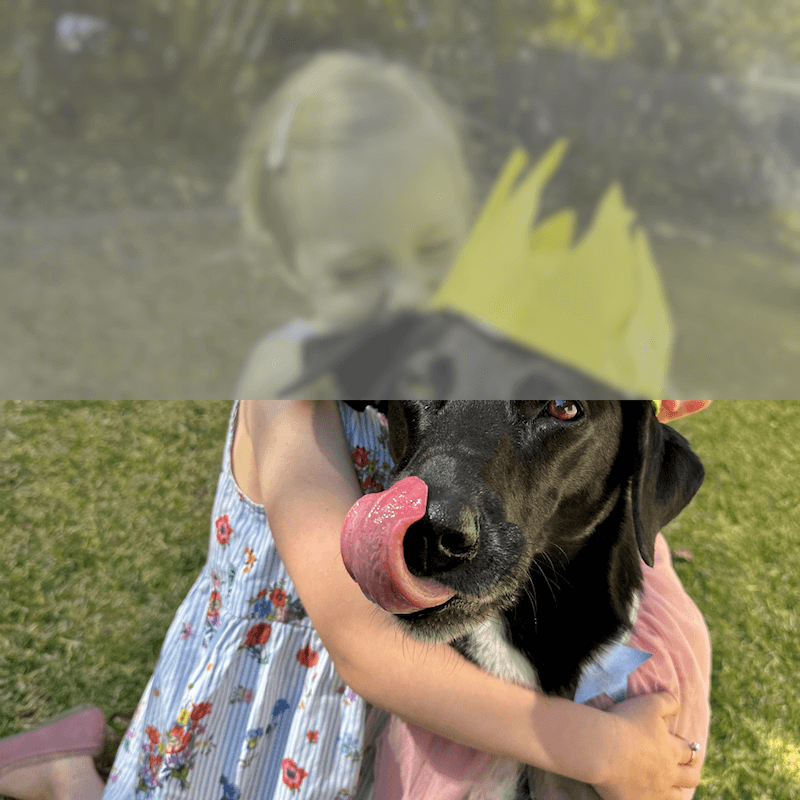Do Dogs See In Colour?
Growing up I remember being told that dogs can only see in black and white. The idea came from a 1930s training manual, but was officially debunked in 1989 when scientists discovered that dogs could see some colours - mostly blues and yellows.
The reason that people and dogs see differently comes down to the colour receptors (called cones) in the eye. Humans are trichromatic, meaning we have 3 colour receptors. Dogs however are dichromatic, with only 2 colour receptors.
This means that world that your dog can see looks mostly grey with some blue and yellow. And because dogs have less colour receptors they can’t see colours like red, green, orange and purple. They can’t tell the difference between these colours either - red and orange look the same to your dog.
Here’s what your dog can see using the Dog Vision online tool (the top part is what your dog can see).
As you can see, in addition to less colours dogs also have less clarity of vision. Most dogs have 20/75 vision, meaning that they see about 75% less clearly than humans. Your dog’s world is way more blurry than your own!
While they may not have the full sense of colour that we humans have, their vision does have its benefits.
Dogs eyes are adapted to detect motion which helps them to be amazing hunters and protectors. Their eyes are adapted to low light, and can see in 6 times less light than humans which is quite incredible!
While there are pretty big differences between humans and dogs eyesight, the reality is that vision is simply not the most important sense that dogs use to perceive the world. That would be smell. Your dog can smell up to 100,000 times more than you can. Whoa! 😤

